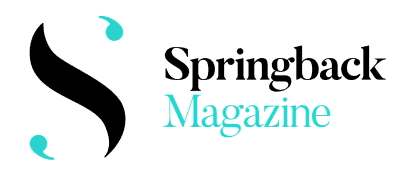I met with Michael Kliën, choreographer and scholar at Duke University (US), to talk about his upcoming project Parliament, which will run for seven weeks (12/06–27/07/25) at the Benaki Museum in Athens. Kliën, with the physique of a basketball player and an enthusiastic manner of a savant, effortlessly plunges into his favourite theme: ’social choreography’ – a term coined by Andrew Hewitt back in 2005 to examine not just how social order is propagated but also the interplay between aesthetics and politics. Kliën’s work emphasises exactly the political aspects of choreography in our everyday life, choreography understood thus as ‘an act of framing relations between bodies’, as a wider grammar of patterns, which allow us to explore creatively our being in the world with others. Though he has worked with established companies and other major institutions – Martha Graham Dance Company, Ballet Frankfurt and New Museum, among others – Kliën has always remained true to his atypical understanding the role of the choreographer: ’a negotiator, a navigator and an architect of fluid ecologies we are all part of.’
This background helps to understand the core proposition in Parliament, where there is no choreographer in the strict sense and there are no spectators either. So how is this peculiar ‘parliament of bodies’ configured? Anyone can contribute to it, either solely or in groups; some people will have participated in preparatory meetings and will bring their own groups of individuals, communities which are co-present in the city but rarely get to share a common space. The whole point to this bringing together is not to remain attached to one’s group, but to allow different configurations of moving together, of understanding, thereby enacting a space for collective presence. There’s no specific outcome or anything predetermined to look for: you might see people lying on the floor, you might see people moving around, you might want to observe only, or participate vigorously.










